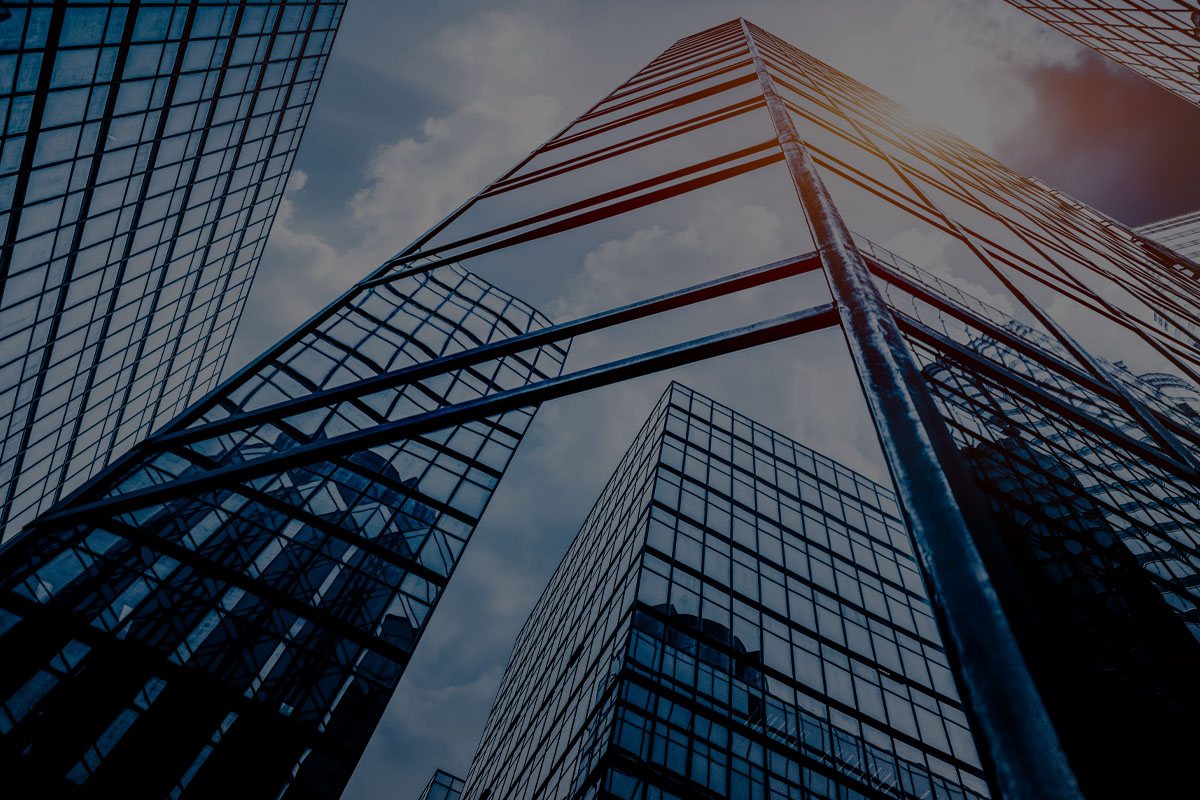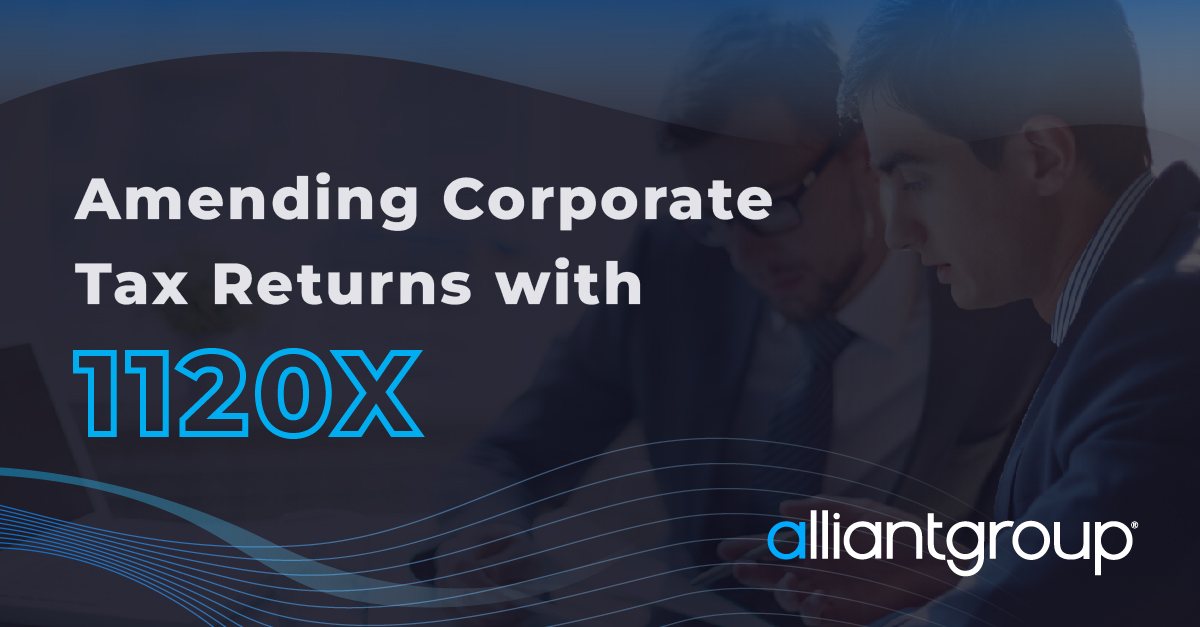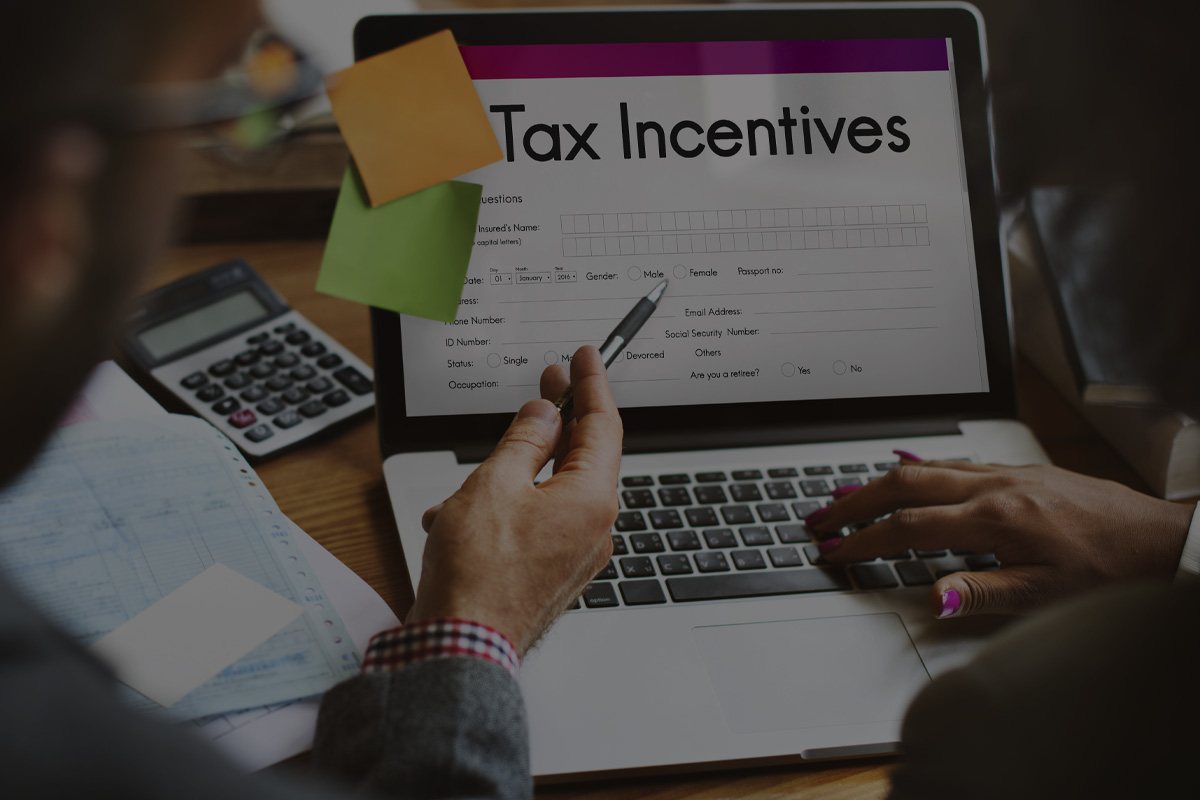[vc_row bg_type=”bg_color” bg_color_value=”#f5f5f5″ css=”.vc_custom_1618938311697{margin-top: 0px !important;margin-right: 0px !important;margin-bottom: 0px !important;margin-left: 0px !important;padding-right: 1em !important;padding-left: 1em !important;}”][vc_column][vc_column_text el_class=”article-info”]By Andy Gerstenhaber, alliantgroup Director of Energy Credits and Incentives
November 8, 2017 | published in Construction Executive[/vc_column_text][/vc_column][/vc_row][vc_row][vc_column][vc_column_text]As Congress shifts its attention from health care back to tax reform, many are hoping for legislators to pass a new tax reform bill by the year’s end. The White House, along with the House Committee on Ways and Means and the Senate Committee on Finance, recently released a tax reform plan: Unified Framework for Fixing Our Broken Tax Code. This framework plans to lower the corporate tax rate and bring down the tax rate for pass-throughs as well.
Approximately 95 percent of American businesses are pass-throughs, and these small and medium-size businesses are the backbone of the American economy, supplying the vast majority of U.S. jobs. The money saved by lowering the tax rate for pass-throughs could be used to create more jobs and offer better wages. To pay for the rate reductions, the plan calls for the removal of a number of incentives. The fate of many other incentives, credits and deductions remains unclear.
179D DEDUCTION
Many businesses are now asking themselves which tax deductions and credits will remain. A valuable incentive for commercial construction business owners to keep their eyes on is the 179D deduction, or the Energy-Efficient Commercial Building Deduction. 179D has yet to be renewed for 2017 and forward. However, businesses are still able to look back and claim the deduction for properties put into service in open tax years. If a company worked on any government or municipal-owned properties between 2014 and 2016, now is the time to see if the business can claim the 179D deduction for the past projects before those tax years close.
Construction firms can claim this deduction for new construction, renovations and retrofits of government- or municipal-owned buildings. This incentive allows firms that have made energy-saving improvements to a building to claim a deduction that is typically allocated to the commercial building owner. Since government entities do not pay taxes, the government building owner can allocate its deduction to a construction, architecture or engineering firm that made improvements to the building.
Any level of government (federal, state or municipal) can own the building. These buildings include, but are not limited to, public schools and universities, hospitals, courthouses and correctional facilities. For improvements to the energy efficiency of a building’s envelope, its interior lighting or its HVAC system, construction firms can claim this deduction. Even basic improvements can qualify for the deduction; the baseline standard is ASHRAE 2001 standards (for buildings placed in service prior to 2016) and ASHRAE 2007 standards (for buildings placed in service in 2016) to determine the improvement to energy efficiency.
THE BOTTOM LINE
One should not underestimate how lucrative this deduction can be for construction business owners. For example, a construction firm completed a school for a local school district that is 200,000 square feet—add $1.80 per square foot and this deduction came out to $360,000.
Not every firm will earn a six-figure deduction for its past work, but this deduction can have a huge impact on a business owner’s bottom line. Construction firms have been able to see a significant reduction in their tax liabilities for past building projects. Since its original enactment in 2005 (as part of the Energy Policy Act), Section 179D has been continuously extended. In an ideal world, this deduction would become a permanent part of the tax code, allowing business owners to plan years ahead with these critical tax savings in mind. Many in Congress want to see 179D not only extended but also expanded. These legislators have introduced H.R. 3507, which would make the deduction permanent and allow partnerships and S corporations to receive the full benefit of the deduction. This bill would also expand 179D to include work done for 501(c)(3) nonprofit organizations and Native American tribal governments as well.
DETERMINE YOUR ELIGIBILITY
While 179D’s fate is not yet known, it is likely that Congress will approve its extension later this year. For construction firms, the deduction is available for open tax years. Construction business owners should look at their past projects and see if any of these buildings are eligible for the deduction. To claim the deduction, business owners must have a third-party inspection done of the building to verify energy-saving improvements. The business must also secure an allocation letter from the commercial building owner (the government entity in this instance). Partnering with a tax provider that can properly claim the deduction for the business is crucial.
The 179D deduction is one of the most valuable incentives available to the construction industry. Its extension would boost the sector as a whole by providing much-needed tax relief. Hopefully, 179D’s extension—along with other pro-business tax reforms—will be a priority for legislators in the months to come. In the meantime, business owners should take a look at their past projects while they still can and figure out their eligibility for this deduction.[/vc_column_text][/vc_column][/vc_row][vc_section][vc_row][vc_column][vc_separator][/vc_column][/vc_row][vc_row css_animation=”fadeInRight”][vc_column][vc_custom_heading text=”About the Author” use_theme_fonts=”yes” css=”.vc_custom_1621268389440{margin-bottom: 20px !important;}” el_class=”alt-h1″][/vc_column][vc_column width=”1/4″][vc_single_image image=”19675″][/vc_column][vc_column width=”3/4″][vc_column_text]Andy Gerstenhaber is a Director of Energy Credits and Incentives for alliantgroup as well as a member of the American Institute of Architects (AIA). He has been instrumental in helping hundreds of architecture, engineering, and contracting firms claim valuable energy incentives through the 179D energy-efficient commercial building deduction. Andy received his Bachelor of Science in Regional Development from University of Arizona, and enjoys educating small to mid-sized companies on the importance of claiming the 179D deduction. Andy is an integral part of the alliantgroup team, striving to help companies receive the full benefit of federal and state tax incentives aimed at creating jobs and spurring American innovation.[/vc_column_text][/vc_column][/vc_row][vc_row][vc_column][vc_separator][/vc_column][/vc_row][/vc_section][vc_row][vc_column][vc_row_inner][vc_column_inner]
Contact us to receive more information about the 179D – Energy Efficient Commercial Buildings Deduction.


